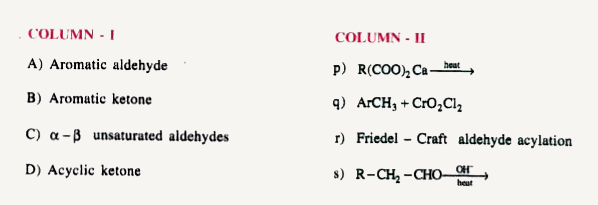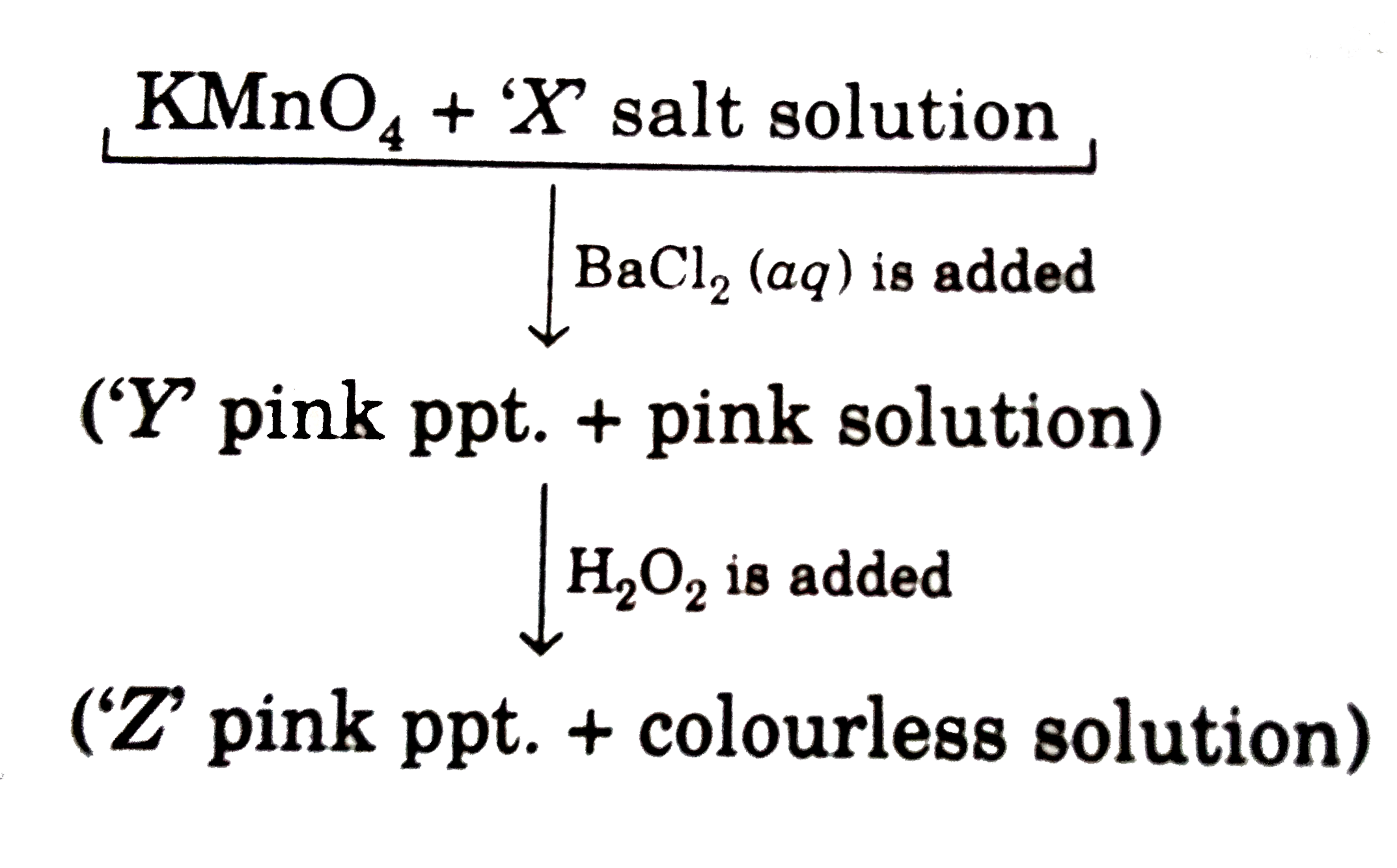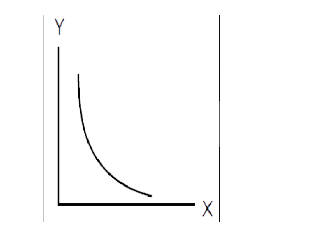
in the reaction X and Y may be Solution in Telugu
PandPh3p=CH2
PDCwithPh3P=CH2
PandPh3P=CH−CH3
pandMe2S=CH2
The correct Answer is:B, D
Topper's Solved these Questions
- ALDEHYDES AND KETONESBOOK - AAKASH SERIESCHAPTER - ALDEHYDES AND KETONESEXERCISE - LEVEL-II LECTURE SHEET (EXERCISE-III)
11 Videos
- ALDEHYDES AND KETONESBOOK - AAKASH SERIESCHAPTER - ALDEHYDES AND KETONESEXERCISE - LEVEL-II LECTURE SHEET (EXERCISE-IV)
8 Videos
- ALDEHYDES AND KETONESBOOK - AAKASH SERIESCHAPTER - ALDEHYDES AND KETONESEXERCISE - LEVEL-II LECTURE SHEET (EXERCISE-I)
113 Videos
- ALCOHOLS, PHENOLS AND ETHERSBOOK - AAKASH SERIESCHAPTER - ALCOHOLS, PHENOLS AND ETHERSEXERCISE - ETHERS (OBJECTIVE EXERCISE-4)
50 Videos
- ALKYL AND ARYL HALIDESBOOK - AAKASH SERIESCHAPTER - ALKYL AND ARYL HALIDESEXERCISE - OBJECTIVE EXERCISE - 4 (ASSERTION (A) & REASON (R) TYPE QUESTIONS)
19 Videos
Similar Questions
Aldehydes and ketons are susceptible to nuclephlic addition because carbonylgroup

Polar (due to electronegativeity difference between carbon and oxygen
positive charge on carbonyl compound towards nucleophilic . this addition is catalysed by acid . REactivity of carbonyl compound towards nuclephilic addotion increase with increase in teh electron deficiency at carbonyl carbon Thus (-I.E ) groups increase while (+I.E ) groups decreases the reactivity of carbonyl compound .
which among the following is most reactive towards nuclephilic addition
View SolutionComplete the following reaction

View SolutionCH3−O∣∣C−CI+H2xylene−−−−−−→Pd/BaSO4CH3CHO+HCI is
View Solution(A): Alcoholic fermentation involves conversion of sugar into ethanol by the action of yeast.
(R): Fermentation involves the liberation of CO2 gas.
View Solution(A) Towards SN2 reaction, order of reactivity is CH3Br>CH3CH2Br>(CH3)2CHBr>(CH3)3CBr.
(R) Greater the stability of carbocation, greater will be its ease of formation from alkyl halide and faster will be the rate of SN1 reaction.
View SolutionIf x,y,andz are distinct prime numbers, then x,y,andz may be in A.P. but not in G.P. x,y,andz may be in G.P. but not in A.P. x,y,andz can neither be in A.P. nor in G.P. none of these
View SolutionWhich of the following is true about point of extremum x=a of function y=f(x)? At x=a, function y=f(x) may be discontinuous. At x=a, function y=f(x) may be continuous but non-differentiable. At x=a,functiony=f(x) may have point of inflection. none of these
View SolutionIf log((x)/(y))=x+y,(dy)/(dx) may be found to be
View Solution
Y (major)
X & Y may relate with each other as
View Solution
The compound of 'X' and 'Y' may be:
View SolutionX+CuSO4→XSO4+Cu,
Y+CuSO4→YSO4+Cu, in these reactions X and Y may be ______ .
View SolutionFor the reaction X2 + 2Y– → Y2 + 2X–, X and Y may not be
View SolutionIn the reaction X++Y→X+Y+,X is
View SolutionWhat physical quantities may X and Y represent ?
View SolutionWhat physical quantities may X and Y represent?

View SolutionWhich of the following is true about point of extremum x=a of function y=f(x)? At x=a, function y=f(x) may be discontinuous. At x=a, function y=f(x) may be continuous but non-differentiable. At x=a ,function y=f(x) may have point of inflection. none of these
View Solution

